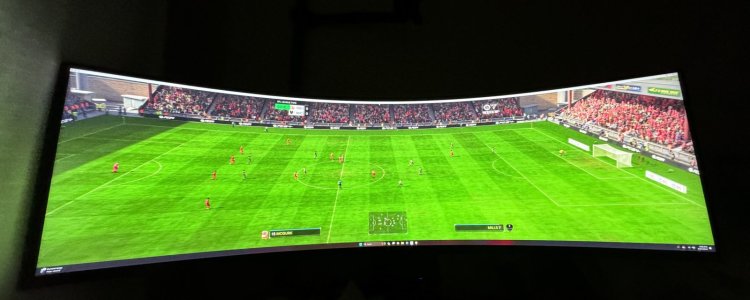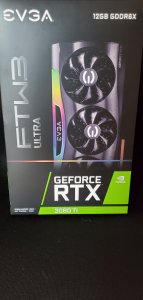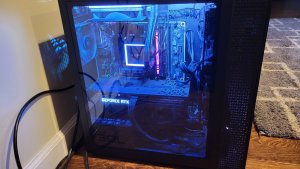[h3]AMD: It Won't Be About 'AMD vs. Intel' Anymore[/h3]
9:00 AM - November 30, 2011by
Kevin Parrish
AMD is finally shifting its focus away from competing with long-time rival Intel, and instead will focus its energy on emerging markets and cloud computing.
[img]http://media.bestofmicro.com/AMD-Logo,O-L-96789-1.jpg[/img]
In a
recent interview with the San Jose Mercury News, AMD spokesman Mike Silverman indicated that the company plans to shift its focus away from competing with long-time processor rival Intel starting in 2012. Instead, the company will likely focus on developing a solid mobile strategy while still remaining committed to the x86 architecture.
"We're at an inflection point," he said. "We will all need to let go of the old 'AMD versus Intel' mind-set, because it won't be about that anymore."
The move isn't surprising given that the company hasn't been able to gain a market share lead over Intel in years. AMD had hoped to gain some ground after Intel suffered a string of antitrust regulatory rebukes, but the processor nemesis remained vigilant, its sales booming. Last year Intel reported sales of nearly $44 billion whereas AMD only reported $6.5 billion.
Presently AMD sits at around 19-percent of the overall processor market share, down from a 23-percent share in 2006. The company has been chided for heavily depending on a PC market where the pace of growth has slowed due to the economy and emerging markets. It's recently-launched Bulldozer chips even brought in disappointing reviews, and the
company just recently cut 1,400 jobs.
Given that its fight with Intel has seemingly gotten AMD nowhere, time has come for a change. "AMD is a leader in x86 microprocessor design, and we remain committed to the x86 market," AMD said in a statement this week. "Our strategy is to accelerate our growth by taking advantage of our design capabilities to deliver a breadth of products that best align with broader industry shifts toward low power, emerging markets and the cloud."
The "emerging markets" -- presumably smartphones and tablets -- is a space where both Intel and AMD will fight to survive, a space currently dominated by ARM's low-power architecture. There's also the new ultrabook market which requires low-power solutions to keep the overall prices down and battery life extended. These three markets alone are untapped veins of possible revenue for the company, and as AMD pointed out, three avenues that are currently the industry's primary focus.
Yet back in August, Rick Bergman, senior VP and general manager of AMD’s Product Group, said that the company had no plans to enter the smartphone sector. "We haven’t announced any plans to go in that handheld space," Bergman said. "We’ve got plenty of opportunities… in server, notebook and now tablets, that’s our immediate focus. But if the right circumstances come up and we can see a way to impact the market, we’ll obviously continue to look."
On the tablet front, AMD launched the Z-Series Bobcat-based APUs during Computex 2011 back in June. The first chip, the AMD Z-01, features two 1 GHz Bobcat cores, a TDP of 5.9W, 1 MB of L2 cache and AMD Radeon HD 6250 discrete-class graphics (276 MHz, 80 cores). By comparison, Nvidia just launched its ARM-based Tegra 3 SoC featuring a quad-core ARM Cortex-A9 MPCore (up to 1.4 GHz single-core mode and 1.3 GHz multi-core mode), a 12-core GeForce GPU, 1 MB of L2 cache, and a TDP of around 4W.
AMD is expected to update its strategy in February 2012, but there's a good chance we'll learn more during CES 2012 in January.
Link
welp







































